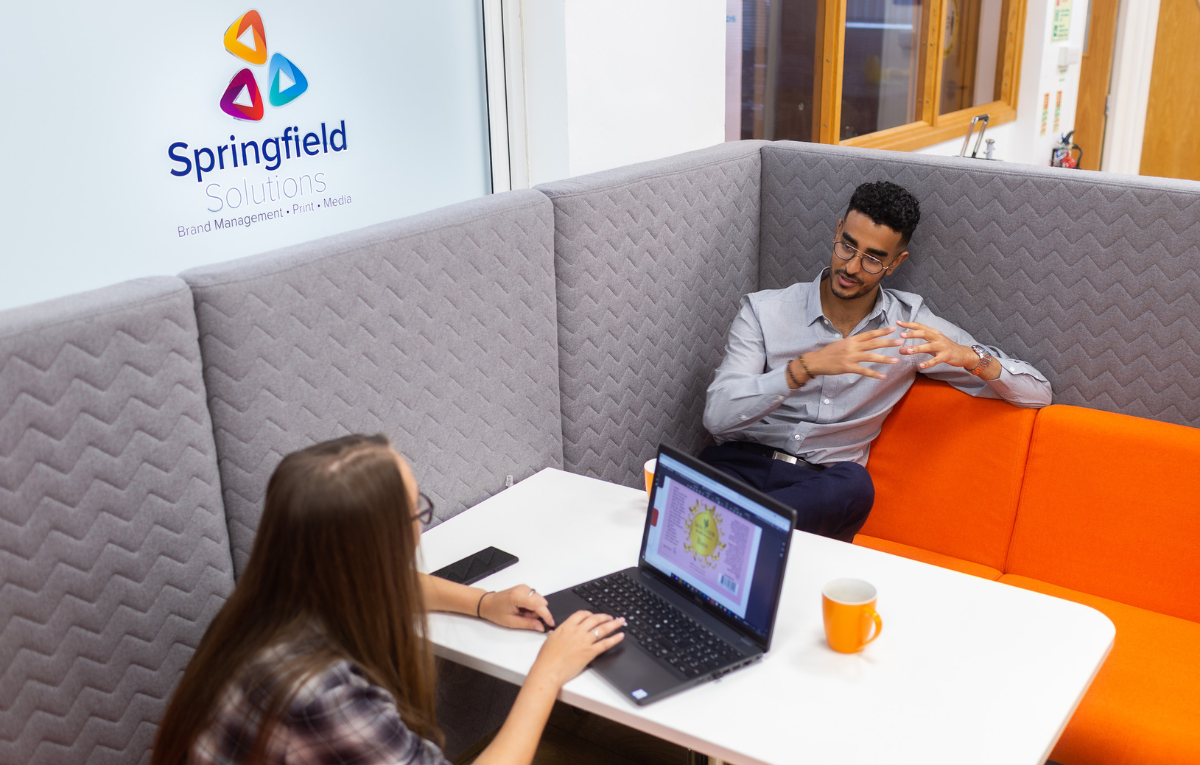The Design-to-Print Process: Understanding the Time Involved
As a business, launching a new product is an exciting yet daunting prospect.
From researching your target market to creating innovative product packaging, there are many steps involved in attracting and retaining customers.
One area that is often overlooked, but crucial to the overall success of your product, is the processes which occur between design and print.
Understanding the time involved in this process is essential in achieving the desired end-result for your product packaging. In this post, we’ll delve into the world of reprographics, exploring the processes involved in bringing your design to print.
As an established brand management company that manages packaging artwork for global brands, we understand the importance of getting it right the first time.
So, if you’re looking to gain a deeper understanding of the intricacies involved in packaging design, keep reading!
Design Phase
The first aspect of packaging is of course the initial creation of the product’s packaging design. During this stage, designers use software to create artworks based on initial concepts, incorporating brand colours, images, logos and typography.

This design serves as the foundation for the entire reprographics process.
Pre-Flight Check
Beginning the design-to-print process, the designs must be fit for purpose.
Your artwork files must be checked before going to print. Otherwise, the desired result may not be achieved and there may be errors that have been missed!
This includes checking:
- If the files are editable
- If the files have live fonts
- If they are fit for use
- If the colours are suitable for the printer
- If the spot colours are suitable for the job
- Correct language layouts
- Layers on photoshop files
- Cutter size
Reprographics
Reprographics is the process of preparing the design files that have passed the pre-flight check for print.
Artworkers ensure that the designs match the final desired outcome and print process. Resolving any technical issues previously identified and making final adjustments. This step sets the standard for how the finished product will look.
Colour Management
An essential element of this process is colour management. This ensures that your packaging design remains consistent across all formats, substrates and print processes.

Calibration technology and advanced software ensure that the colours in your design perform their best across all substrates and print processes to accurately create an exact and consistent print result.
Essential Information
Additional information is added to packaging in-between design and print including:
- Barcodes
- QR codes
- Data matrix codes
- Item codes
- Factory codes
- Eye marks
- UV marks
- Final dielines
Some factories also require technical information to be added.
Pack Copy
Before a file can go to print, pack copy must be added to the design.
This often requires layout amendments to ensure it fits on the pack, such as adjusting text panels due to translation lengths. This could in turn affect icons and other information included on the pack.
Printer Information
During the reprographics process, our team looks at which printer is printing the file to ensure it is set up correctly according to substrate, print tolerances and colour profiles.
Depending on the printer, this can take up a lot of time, because each printer is unique.
If the printer profile is not already on file, for example because it is a new printer, then we must align with them beforehand, which can take several weeks depending on the printer feedback.
Checks
The file is now finished and ready to go to the customer!
At this stage, checks are carried out against the artwork that came in, the brief, and the pack copy. A PDF is also sent to the printer for technical feedback, while the other PDF is awaiting approval from the customer.
Amends
At this stage, there are typically alterations to be made from the customer. This could be changes to either the design, layout, or pack copy.
These rounds of amendments can go on for some time!
Proofing
Proofing is the final step of the reprographics process.
This proof ensures that the design has been successfully converted into print-ready files. Proofing the packaging ensures that the reproduction is of an acceptable quality, as well as facilitating any necessary corrections or adjustments before printing the final product.
In conclusion, the journey from design to print is incredibly important in the packaging world, as well as understanding the time involved in this process.
Reprographics is a precise and intricate process that requires experience in managing colours, software and material requirements.
Using the assistance of a reputable design and brand management company can help businesses navigate the intricate reprographics process and ensure that their product is accurately represented in the market.
Without this, businesses run the risk of encountering unexpected costs and missed deadlines, which can ultimately impact the product’s launch and success. By taking the time to invest in these processes, businesses can achieve a successful end-result for their packaging, enhancing brand reputation.
So, don’t overlook the significance of the design-to-print process – it’s the key to packaging success in a competitive market.
Are you looking for a Brand Management solution? The expertise of our team can guide you through this journey and unlock the full potential of your packaging, get in touch to find out more!

